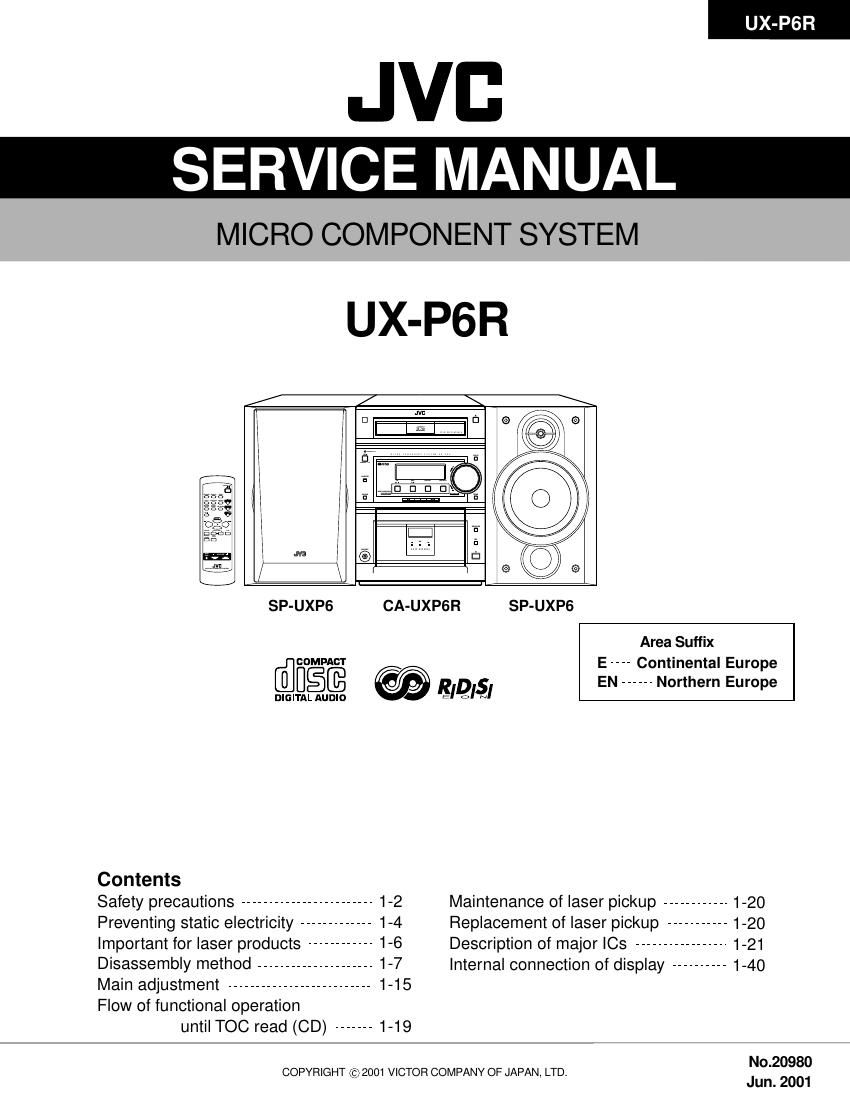Jvc UXP 6 R Service Manual
This is the 76 pages manual for Jvc UXP 6 R Service Manual.
Read or download the pdf for free. If you want to contribute, please upload pdfs to audioservicemanuals.wetransfer.com.
Page: 1 / 76
